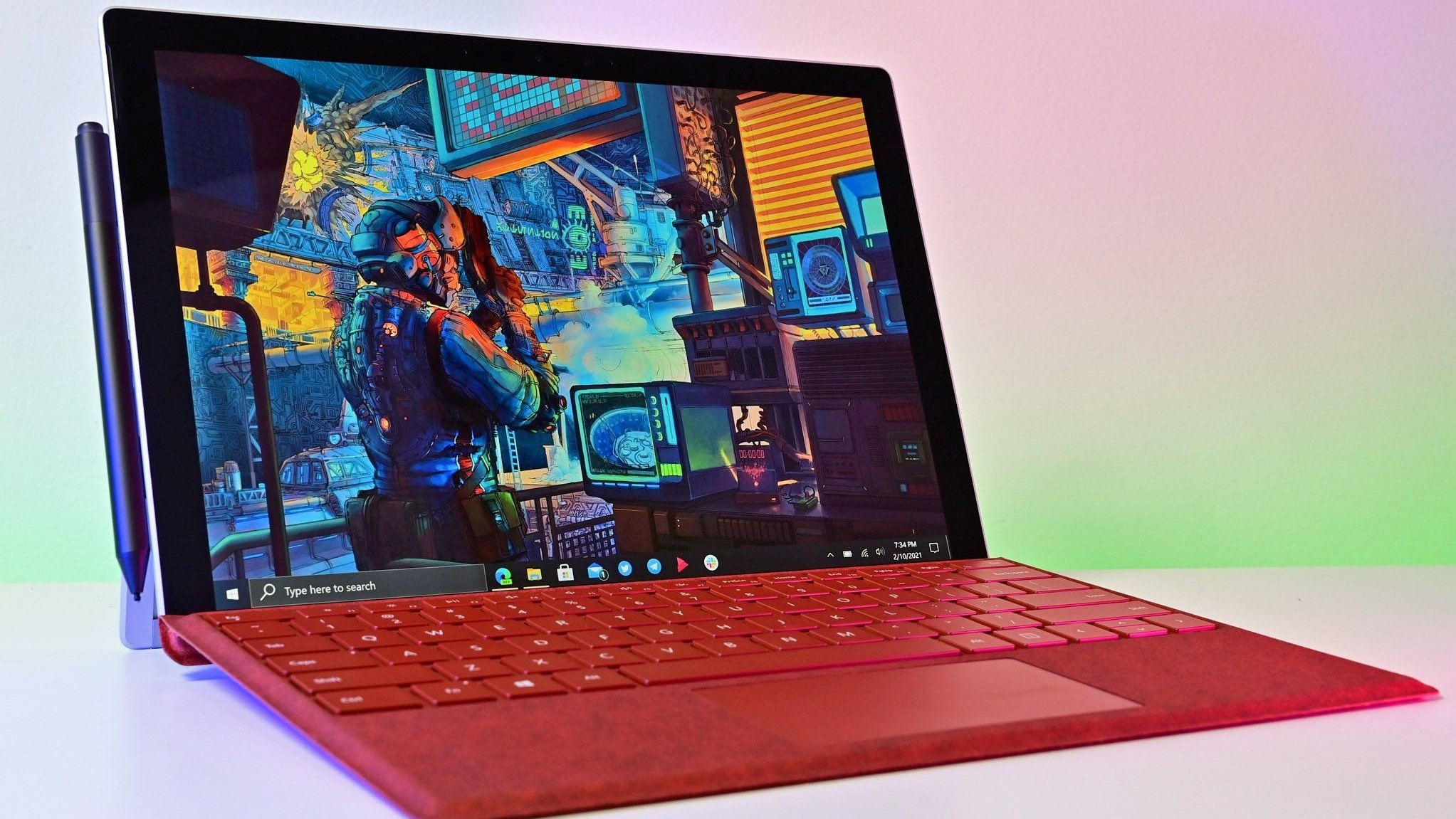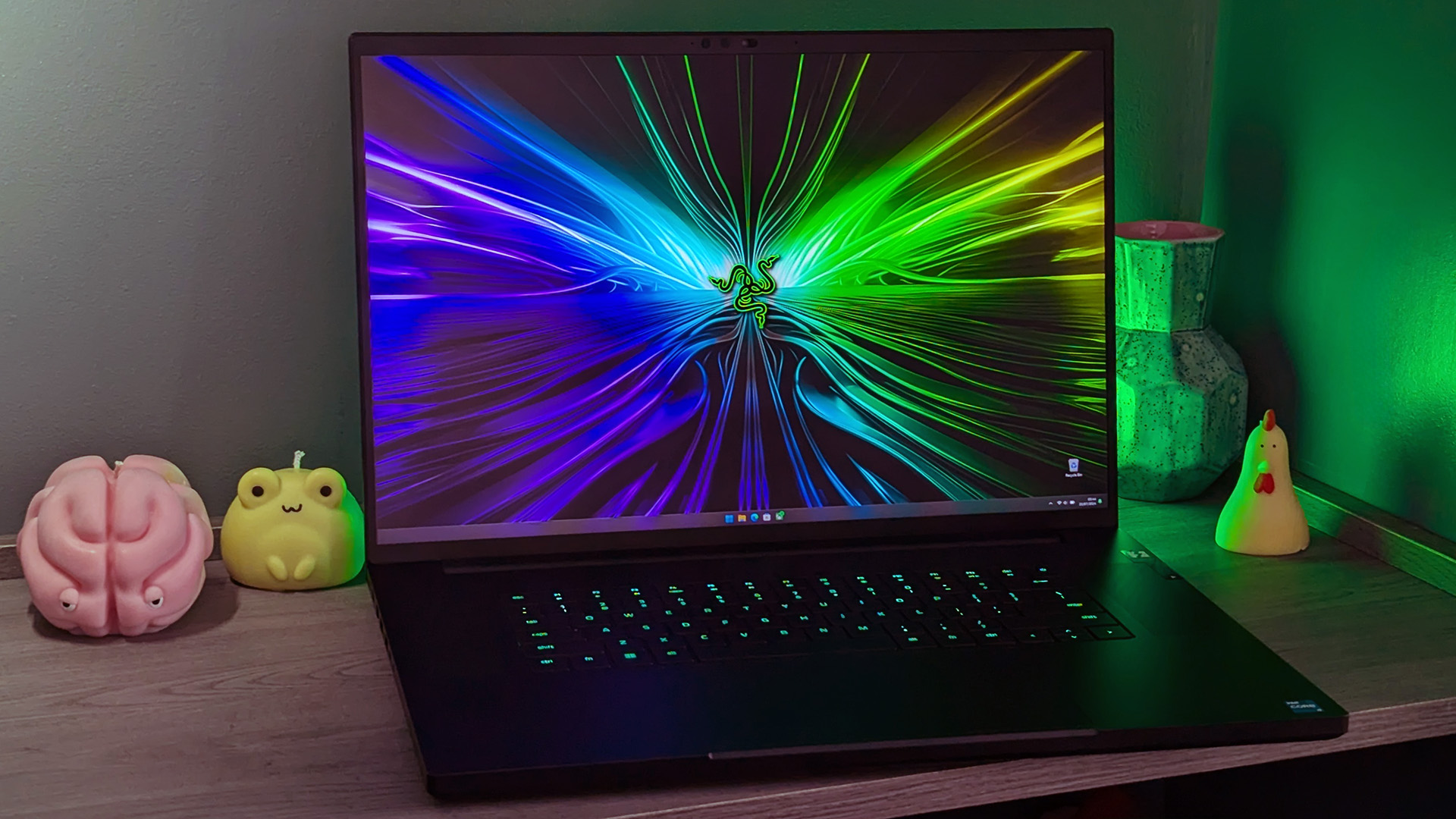PC shipments increased 6.7% in Q1 2025 compared to the same quarter from last year. The rise is likely due to the upcoming end of Windows 10 support and uncertainty caused by tariffs set by the United States.
The figures for Q1 2025 come from Counterpoint Research. They largely align with stats shared by Canalys recently that also indicated a spike in PC shipments due to Windows 10’s upcoming end of support and expected tariffs.
It’s normal to see some variance across different reports due to methodology of collecting data and sources of information. The key takeaways are the trends indicated by the data and relative growth or dips by each brand.
2024 and the first quarter of 2025 were excellent periods for PC hardware. The best windows laptops include traditional devices like the Dell XPS 14 and more flexible devices such as the HP OmniBook Ultra Flip 14. The Lenovo Yoga Slim 9i also turned heads with its design and performance.
The manufacturers of those PCs saw a good Q1 2025, with Lenovo holding its top spot for PC shipments and seeing 11% growth year-over-year (YoY). HP and Dell also had strong quarters with 6% and 4% growth, respectively.
The following chart shows data from Counterpoint Research regarding the global PC shipment market share of the most popular PC manufacturers.
|
OEM |
Q1 2024 |
Q1 2025 |
|
Other |
24% |
22% |
|
ASUS |
6% |
6% |
|
Apple |
9% |
10% |
|
Dell |
16% |
16% |
|
HP |
21% |
21% |
|
Lenovo |
24% |
25% |
The growth of AI PCs also played a role in the rise of PC shipments, according to Counterpoint. Though the analysis states uncertainty stemming from tariffs may have slowed the adoption of AI-enabled PCs.
“Going forward, competitive dynamics will be shaped by OEMs’ ability to diversify their supply chains and manufacturing bases, in addition to positioning themselves to offer the best AI PC experiences by striking key ecosystem partnerships, from silicon to software to model vendors,” said Senior Analyst William Li.
Apps and features that rely on AI capabilities often require specialized hardware or run best on devices with dedicated AI components.
Windows 10 end of support
With the end of Windows 10 support looming over the horizon, PC manufacturers appear eager to get devices onto shelves and into the hands of consumers. We’ve seen several sales on PCs this year that show an aggressive push to get people to upgrade their hardware.
The increased PC shipments also suggest urgency by OEMs that want to be able to meet the expected increased demand for PCs as the Windows 10 support cutoff approaches.
Since Windows 11 has strict minimum requirements, there are potentially millions of people who will have to upgrade to a new device this year or risk using an unsupported operating system.
Future PC shipments and sales
Counterpoint Research explains that the surge in PC shipments may be short-lived, as inventory levels are expected to stabilize soon. Tariffs set by the United States also create an uncertain market.
Due to tariffs being announced, paused, rolled back, and changed, PC manufacturers have had to react and try to create a business model that can work without a clear picture of what international trade will look like at any point this year.
At one point, Razer paused laptop sales in the United States. Framework stopped selling the base model of one of its laptops because the device would have been sold at a loss due to certain policies.
Gaming handhelds like the Legion Go S and MSI Claw saw price increases as well.
David Naranjo, Associate Director at Counterpoint Research, discussed the uncertainty caused by tariffs:
“High tariffs, or tariff policy uncertainties, will likely discourage consumers or enterprises from buying new devices with additional costs, which in turn will suppress growth and increase in penetration. The lingering global economic uncertainty will also pose a downside risk to our forecast of a mid-single-digit YoY shipment growth of the PC market in 2025.
With all signs indicating the trade war will continue for the foreseeable future, PC manufacturers likely want people to upgrade now when stock is available.






